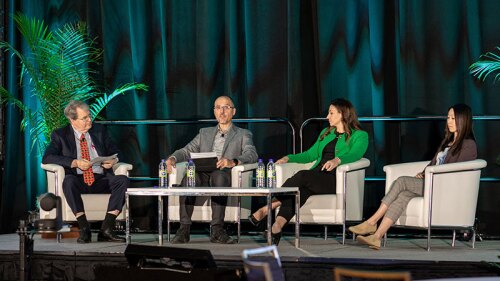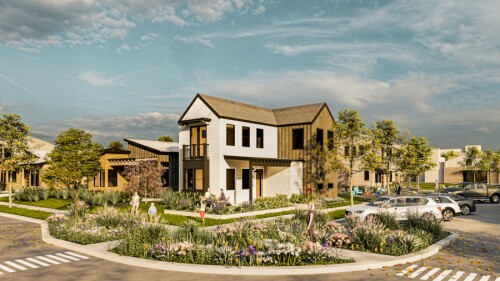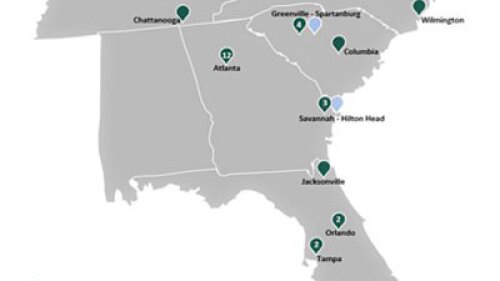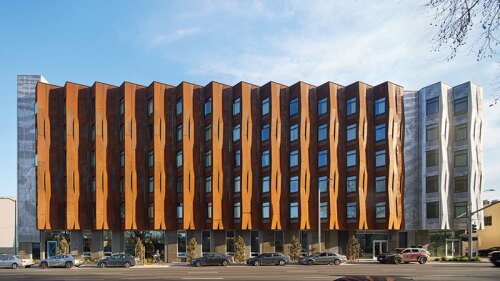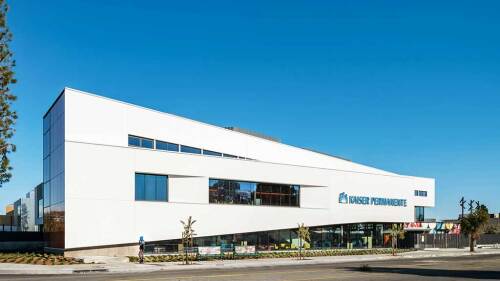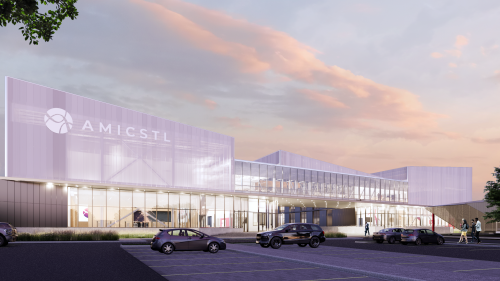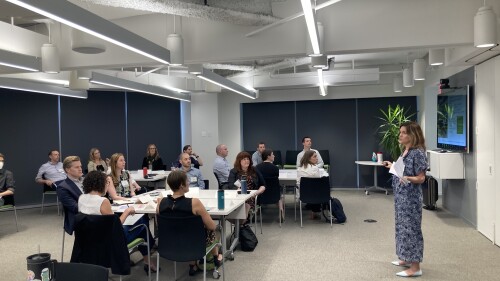Topics
Capital Markets and Finance
Value-added real estate investment will be the engine of returns as the macro environment remains unpredictable and debt providers exert caution, according to a panel of executives at the ULI’s United Kingdom conference in May.
Industry leaders speaking at a general session at the 2023 ULI Spring Meeting agreed that innovation is needed to provide more housing in growing cities.
Armed with a determination to help provide resources and address the racial wealth gap, Latresa McLawhorn Ryan walks the talk. Now the former founding executive director and first employee at the Atlanta Wealth Building Initiative is embarking on a new venture as founder of Atlanta-based Blackbird Strategy Group. Here she shares insights on using real estate to close the racial wealth gap and advance economic security for Black and brown communities.
Design & Planning
In the heart of Toronto, a revolution is unfolding underground. Beneath the bustling streets and towering skyscrapers, a network of pipes is tackling the climate crisis. The story of Toronto’s Deep Lake Water Cooling system and its potential to reshape the approach to sustainable development was told during a session at the ULI Spring Meeting in Toronto.
Imagine a city where every corner is a testament to its diverse inhabitants and where every public space is a welcoming stage for cultural exchange. This vision was brought to life during the 2023 ULI Spring Meeting panel titled “The Welcoming City: Encouraging Diversity and Inclusion through Creative Placemaking.”
In a report that emphasized upward mobility and inclusion in Indiana’s second largest city, a ULI Advisory Services panel for the Electric Works redevelopment project in Fort Wayne, Indiana, focused on the economic importance of being a destination with an “open tent.” That means having real and stated plans that emphasize the inclusion of the entire region.
Development and Construction
Just outside of Houston, a development of the future is emerging—but it is probably not what you think. Instead of flying cars and sky-scraping utopias, this version of Tomorrowland has its roots firmly and sustainably planted in days gone by.
Since its inception, build-to-rent has been misconstrued or confused with institutional investors purchasing homes out of the hands of hard-working Americans. In reality, the industry is adding purpose-built homes to the housing supply and providing another option for those who don’t want to or can’t afford to buy.
Experts discuss the growing crisis of housing attainability for lower- and middle-income households across the United States, including ways the private and public sectors could help increase housing production, preserve existing affordable housing, and give more people access to housing; strategies for encouraging communities to accept more housing construction; and other related trends.
Resilience and Sustainability
For many who live outside Southern California, the Watts neighborhood of Los Angeles is remembered for the well-documented riots of 1965, a six-day period of civil unrest that brought 34 fatalities, numerous injuries, and widespread arrests.
St. Louis, long known as the Gateway to the West, is rapidly becoming the gateway to the region’s future. Diverse communities have begun working together to make the city a major hub for cutting-edge innovations in aerospace, agriculture, finance, transportation, biosciences, entertainment, and much more. The St. Louis Economic Development Partnership is dedicated to finding economic development partners who can help companies thrive in greater St. Louis, regardless of their size, and at the same time help those companies to deliver new opportunities into under resourced neighborhoods.
The industry’s movement to reduce embodied carbon in buildings is advancing faster than it did with respect to operational carbon. And yet, there are still misunderstandings and missed opportunities for collaboration across stakeholders as they work to decarbonize.
Issues and Trends
According to an annual survey by RCLCO, the top-selling U.S. master-planned community so far in 2021 is Lakewood Ranch in Sarasota, Florida, with 1,535 sales through June, 83 percent ahead of last year’s pace. Home sales in the nation’s top 50 communities exceeded expectations in the first half of 2021, with a pace that indicates the potential for a 12 percent increase at year’s end compared with 2020.
The pandemic has exposed major gaps in commercial real estate’s practice concerning what people need, how people work, and how real estate functions in communities. A ULI member makes a clarion call for change in asset management.
The aging demographic profile of developed nations means the built environment may need to accommodate the needs of a growing cohort of people living beyond the expected life spans of the 20th century, according to panelists at the 2021 ULI Asia Pacific Summit.



